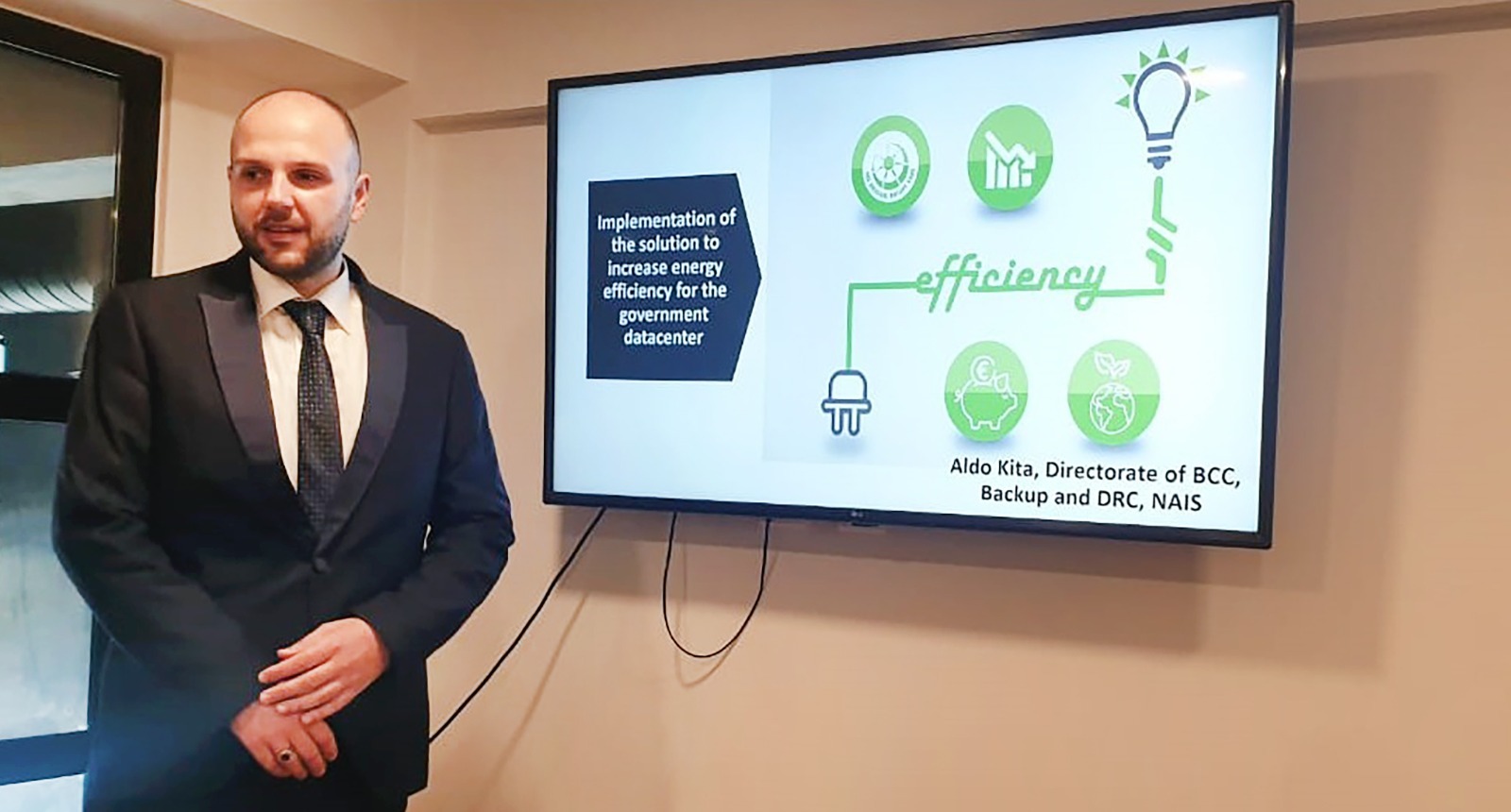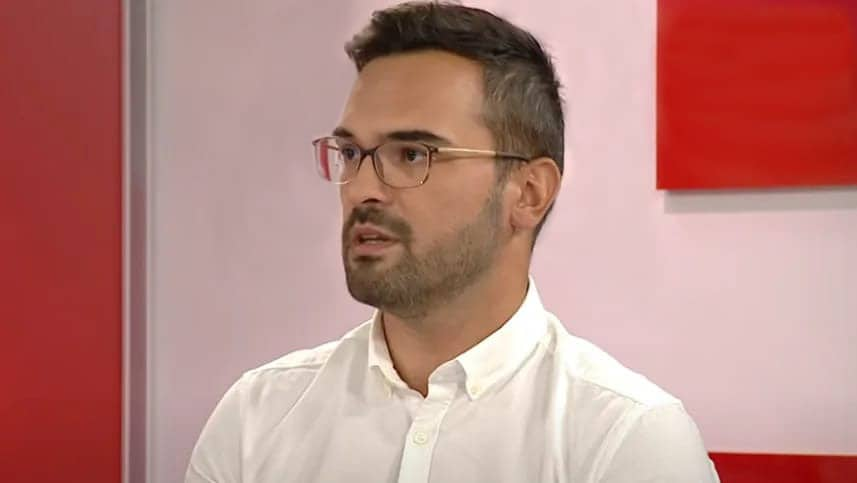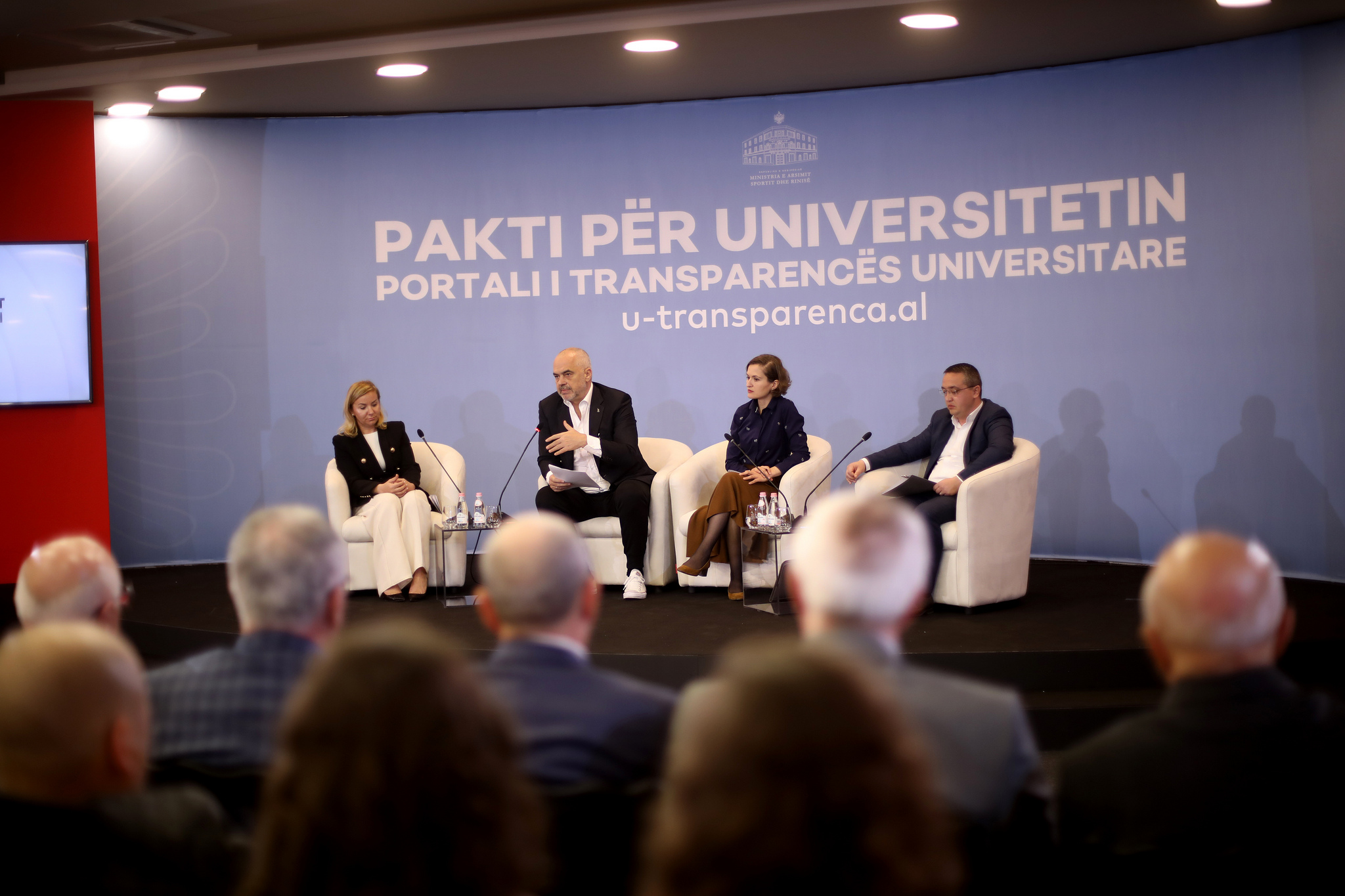The National Agency for Information Society is committed to work on the protection of the environment, resources, and efficient use of energy through smart solutions, starting from its headquarters. Planning has already begun for the implementation of “green” solutions in the government’s Datacenter, with the aim of achieving up to a 20% energy saving in the most sensitive area of the building, which is considered a key point for the Information Technology infrastructure of the entire Albanian public administration.
Albania is developing rapidly, but at the same time safely, prioritizing the creation of digital transformation plans and their concrete implementation, with increased attention to energy saving and careful resource utilization.
In addition to efforts made by Albanian institutions, support also comes from the European Union. “Go Green” is a project enabled by the Interreg Mediterranean cooperation program, which aims for “smart” solutions in a green and ecological environment. The added value brought by this project is the promotion and support of sustainable digitization while protecting the environment.
NAIS participated in a meeting held on July 12-14 in Cyprus, which brought together representatives of the EU, the program, and participating countries. Aldo Kita, director of BCC Backup and DRC, presented the progress of the project in Albania, emphasizing that the Albanian government aims to improve the efficiency of energy use in critical information infrastructure, such as the Government Datacenter.
“Digital technologies can offer ‘green’ solutions for different sectors of the economy, but it is equally important to use these ‘green’ solutions for the digital sector itself. Smart energy systems and communication networks directly help in the efficient and sustainable management of energy consumption. The government Datacenter in Albania has been built according to the latest standards. However, thanks to the support of ‘Interreg Mediterranean’, we aim to increase the efficiency of energy use in these environments, reducing costs while protecting the environment. Meanwhile, we are continuously working on better management of the electric network and monitoring of electrical panel parameters. NAIS is implementing advanced technological solutions to enable the efficient use of consumed energy and, consequently, the careful utilization and compliance with European Union directives regarding energy sources and environmental protection,” Kita said.
But how will the project be implemented and what is expected to be achieved?
Through the implementation of this project, where according to NAIS calculations, there will be a reduction of 18 to 20% in electricity expenditure, the modernization of the lighting system will be made possible by using motion detection sensors and transforming everything into LED technology. This system will provide communication protocols for control systems that will communicate with dedicated software to enable their control.
Special sensors will be installed in the electrical panels in all Datacenter environments to measure energy efficiency, temperature, and other parameters in real-time. All devices to be installed will be integrated with intelligent control, monitoring, and analysis systems, which, based on the assessment of detected parameters, will reflect, and suggest the necessary measures to enable energy saving and efficient use.
As part of this project, consumption monitoring devices will be installed for specific machinery that requires large energy resources. The implementation of these solutions and technologies will enable the efficient utilization of energy in the Government Datacenter and serve as a best practice for other infrastructure that consumes large amounts of energy.
The proposed solution and technology to be implemented in the Datacenter is final and will guarantee a successful implementation of the project.
Similar technologies, of the same brand as those to be implemented in the NAIS Datacenter, have enabled European Union countries, such as Italy, to reuse 40% of the total energy consumed.




